The meeting, being held from 8 to 10 June, will focus attention on the importance of accelerating the response to HIV over the next five years to set the world on course to end the AIDS epidemic by 2030 as part of the Sustainable Development Goals.
The meeting will be convened by the President of the United Nations General Assembly, Mogens Lykketoft, and co-facilitated by Jürg Lauber, Permanent Representative of Switzerland to the United Nations, and Patricia Mwaba Kasese-Bota, Permanent Representative of Zambia to the United Nations.
“We are at a critical moment in the response to the AIDS epidemic,” said Mr Lykketoft in Geneva. “All Member States must work together on a strong political declaration that will create the conditions needed to Fast-Track action and end the AIDS epidemic by 2030.” The UNAIDS Fast-Track approach has a set of time-bound targets, including reducing the number of people newly infected with HIV from 2 million in 2014 to fewer than 500 000 in 2020, reducing the number of people dying from AIDS-related causes from 1.2 million in 2014 to fewer than 500 000 in 2020 and eliminating HIV-related discrimination.
“Over the next five years we have a fragile window of opportunity to shift gear and put the global HIV response firmly on the Fast-Track to end the AIDS epidemic,” said UNAIDS Executive Director Michel Sidibé. “This meeting will be critical to harnessing the momentum we have built and securing global commitment to break the epidemic for good.”
The world urgently needs to increase HIV investments now or risk reversing the major successes achieved in the first 15 years of the millennium. In 2015, an estimated US$ 21.7 billion was invested in the AIDS response in low- and middle-income countries. Investments need to increase, year on year from 2015, up to a peak of 40% higher in 2020, to reach the Fast-Track Targets. Adopting the Fast-Track focus on location and populationand reallocating resources to where they are most needed will ensure that people most affected by HIV are reached with life-changing HIV prevention and treatment services. Achieving all the Fast-Track Targets on time would ensure that estimated total resource needs begin to fall by 2021. Without these front-loaded investments the world risks prolonging the epidemic indefinitely.
At the last United Nations General Assembly High-Level Meeting on AIDS, held in 2011, world leaders set an ambitious treatment target of 15 million people accessing antiretroviral therapy by the end of 2015. The United Nations Secretary-General, Ban Ki-moon, announced last year that this had been achieved and surpassed, with nearly 16 million people accessing antiretroviral therapy by mid-2015 – double the number in 2011. In the lead-up to the meeting in June, people living with and affected by HIV, civil society, the private sector, governments and regional bodies will come together at a series of meetings and events to reaffirm the priorities of the response to HIV. The 100-day countdown to the United Nations General Assembly High-Level Meeting on Ending AIDS will be reflected on the UNAIDS website with daily messages from partners around the world on what ending AIDS means to them.
MS/PR


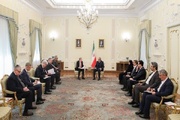


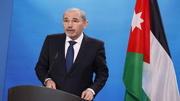
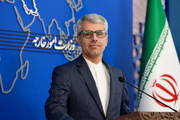

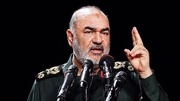


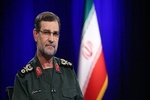











Your Comment